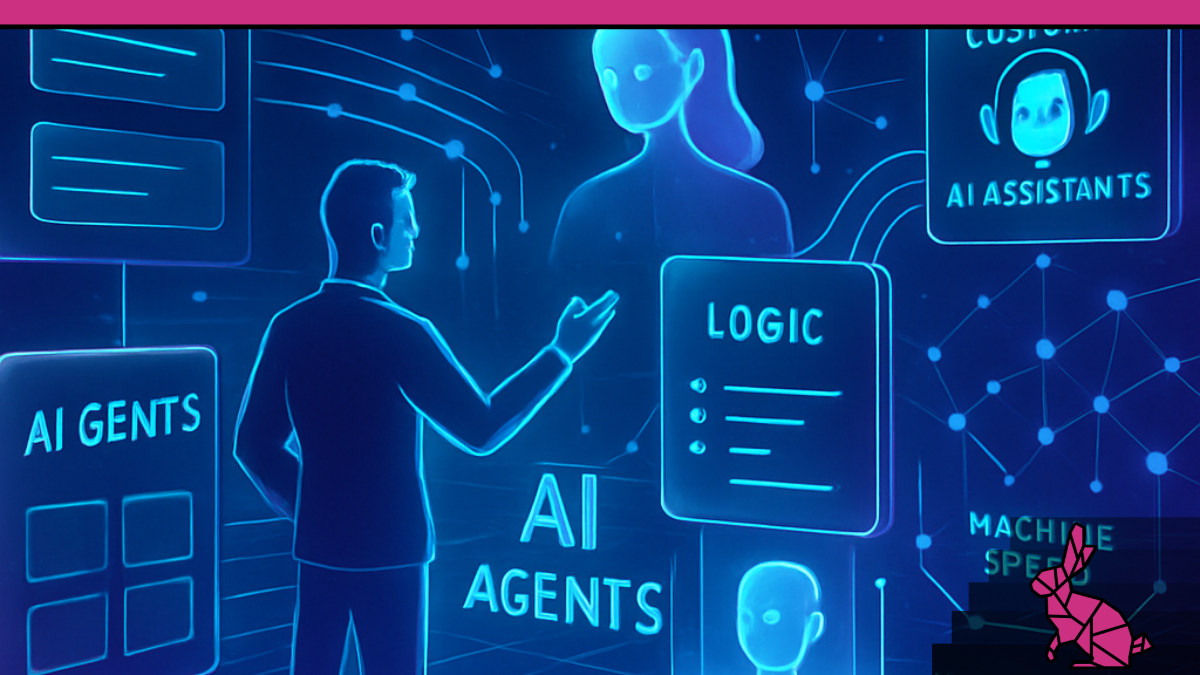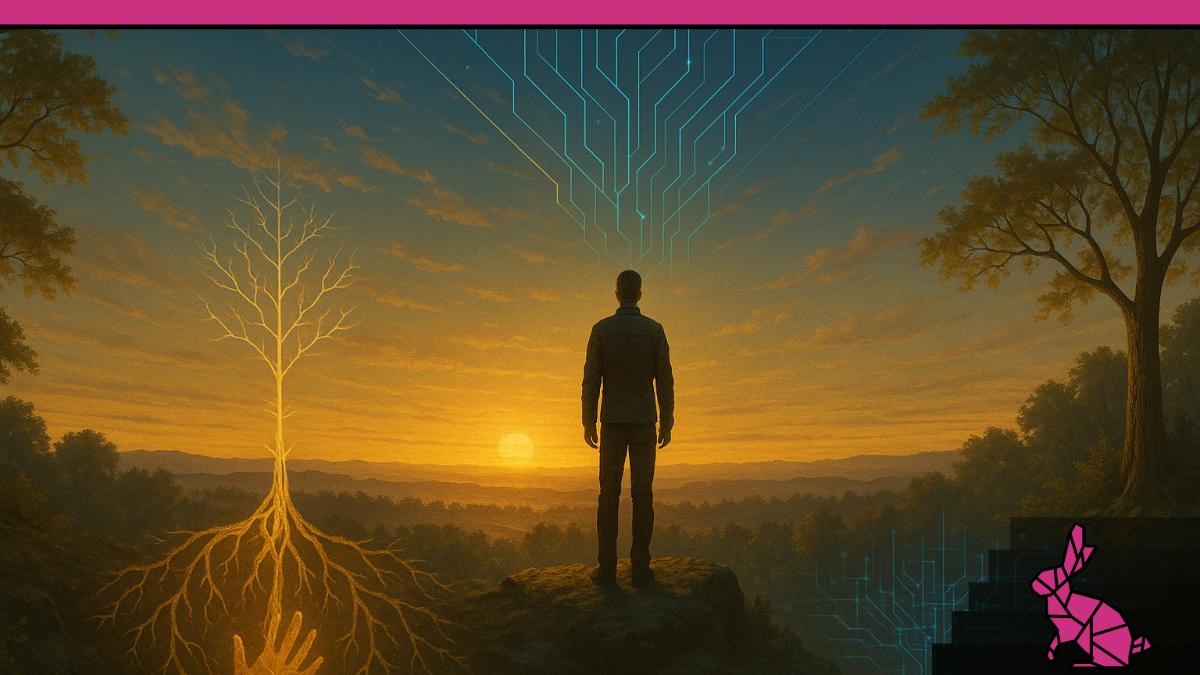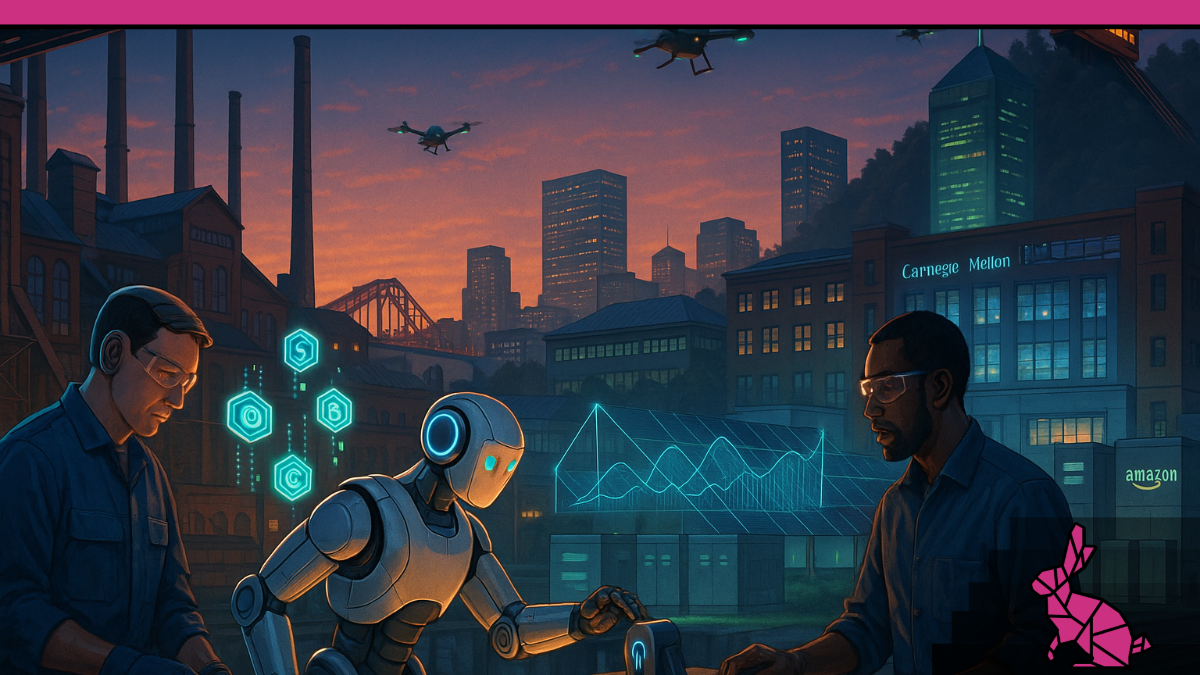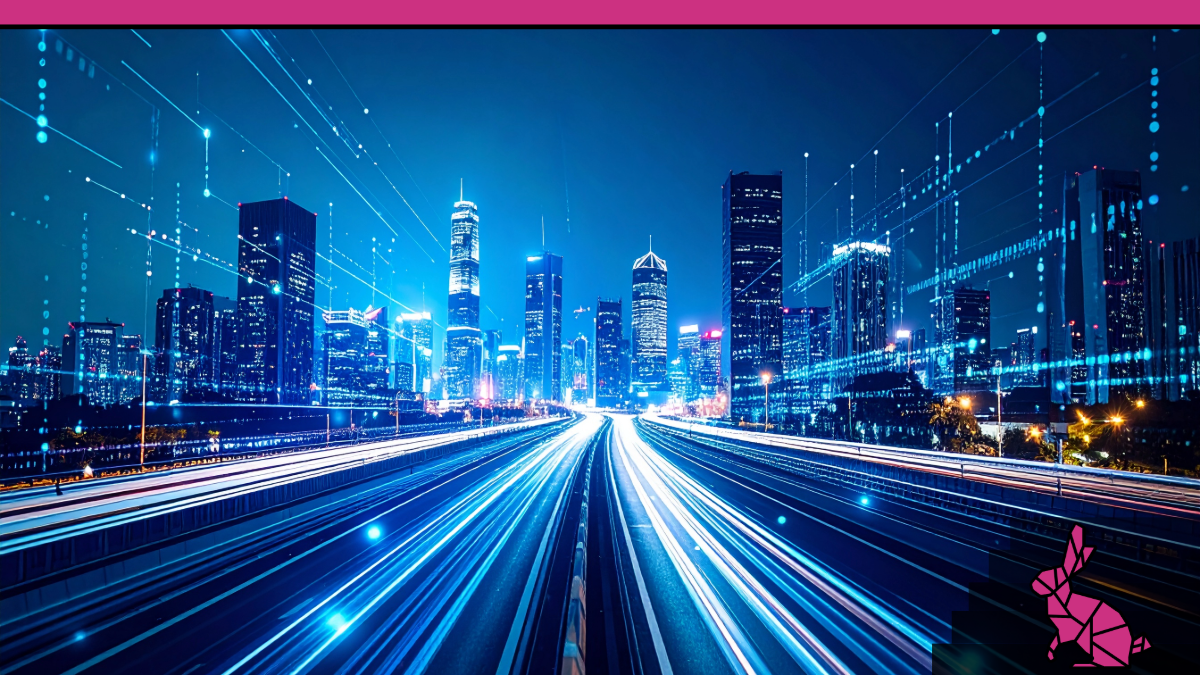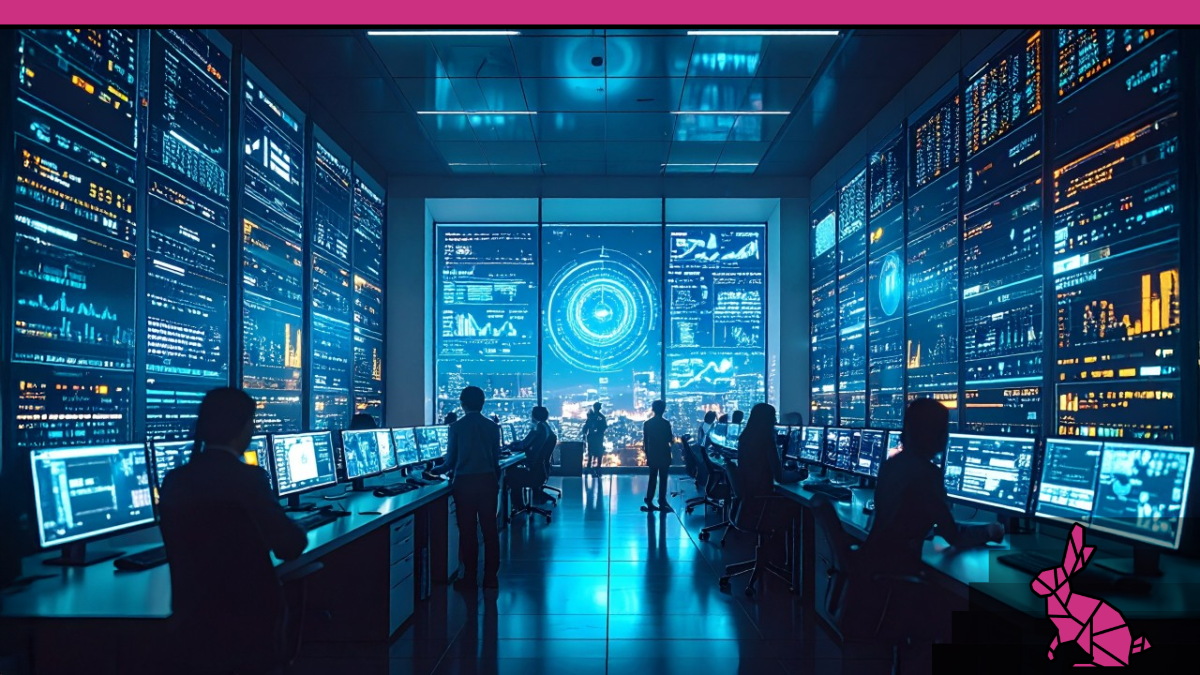Let’s cut to the chase: the user interface (UI) as we know it is on life support. For decades, software companies have poured billions into crafting sleek buttons, flashy dashboards, and “intuitive” designs. But here’s the harsh truth: most UI exists because software is too dumb to understand what you actually want.
Enter AI agents. They’re not just tweaking the game—they’re burning the rulebook. Why fumble through menus or type into rigid text boxes when an AI can do the heavy lifting for you? Need a report? A project update? A marketing campaign launched? Just tell your AI agent, and it’s done. No clicks. No fuss. No pretty buttons.
The UI isn’t evolving—it’s becoming extinct.
The Rise of Invisible Software
“Agents will replace apps as the dominant interface for interacting with data.” Satya Nadella, Microsoft CEO
Translation? Forget opening Excel, Slack, or Salesforce. Soon, you’ll just tell an AI agent what you need, and it’ll pull the data, crunch the numbers, and execute tasks faster than you can say “dropdown menu.”
This isn’t sci-fi—it’s happening now. Look at companies like xAI. Their Grok AI lets users query complex datasets in natural language, no clunky interface required. Or take Zapier’s AI automation, which connects apps and executes workflows with a single prompt. These are early glimpses of a future where software is invisible, and AI agents are the bridge between you and the results.
Software giants are scrambling. Some are slapping AI “assistants” onto their bloated UIs, hoping to stay relevant. Others, like Notion, are leaning into AI-driven automation, reducing reliance on manual navigation. The smart ones know the truth: when AI takes over, the real power lies in APIs, automation, and intelligent systems—not pixel-perfect designs.
Why UI Is Doomed
1. UI Exists Because Software Is Stupid
Let’s be real: UI is a crutch. Drop-down menus, search bars, and icons exist to compensate for software that can’t understand your intent. Why click through 12 screens to generate a sales report when you can say, “Summarize Q3 sales and email my team”? AI agents, powered by natural language processing (NLP), get the context and act instantly. Companies like Anthropic, with their Claude model, are already making this a reality, letting users skip the UI entirely for complex tasks.
2. Backend Is King—APIs > Aesthetics
When AI agents handle the front-end interaction, the backend becomes the star. The future isn’t about shiny dashboards—it’s about robust APIs, real-time data pipelines, and AI-ready infrastructure. Take Snowflake: their cloud data platform thrives because it’s built for seamless API integration, not because it has the prettiest UI. Companies sinking millions into UX design are missing the point. The winners are investing in systems that let AI agents pull, process, and act on data effortlessly.
3. The Software Industry Isn’t Ready
Most SaaS companies are in denial. Their business models rely on users clicking, typing, and engaging with their UIs. If AI agents cut the UI out of the equation, entire revenue streams—think per-seat pricing or user-action-based subscriptions—collapse. Companies like Salesforce, with their labyrinthine interfaces, risk becoming relics unless they pivot to AI-first systems.
“AI doesn’t just automate tasks; it redefines how we interact with technology,” Ben Evans, venture capitalist
The Catch: Trust and Minimalist Oversight
Not everyone’s ready to hand the keys to an AI agent. And fair enough—AI isn’t flawless. It can misinterpret requests or churn out errors. This is where minimalist UI comes in—not bloated dashboards, but simple oversight panels that let humans monitor and intervene when needed. Think of it like a cockpit for AI: high-level controls, not a million buttons. Companies like Coda are already experimenting with this, blending AI automation with lightweight interfaces for transparency.
Real-World Proof: The Shift Is Here
Customer Service: Zendesk’s AI agents handle 80% of routine support tickets via natural language, slashing the need for clunky ticketing systems.
Productivity Tools: Notion’s AI can generate documents, summarize notes, or automate workflows with a single prompt, rendering traditional UI navigation obsolete.
Enterprise Automation: UiPath’s AI-driven robotic process automation (RPA) executes complex business processes without users touching a single menu.
The writing’s on the wall: UI is losing its grip, and AI agents are taking over.
Why Traditionalists Will Get Steamrolled
Clinging to UI-centric models is like betting on horse carriages in the age of cars. The software industry has a choice: adapt or die. Companies that double down on AI agents, APIs, and automation will dominate. Those obsessing over pixel-perfect designs will be left in the dust.
Just as electricity transformed industries, AI agents are rewiring software. The question isn’t whether UI will die—it’s how fast.
Final Call: The Future Is Agent-First
The age of the pretty button is over. AI agents are here, and they’re not asking for permission. Software companies need to stop polishing their UIs and start building systems that prioritize intelligence, automation, and raw computational power. UI designers? Time to pivot to crafting AI-driven experiences or risk obsolescence.
The future of software isn’t a screen—it’s a conversation. Are you ready to talk to your tech, or are you still clicking around like it’s 2005?
Is UI really dead, or is this just hype? Think AI agents will rule, or will humans always need buttons?

